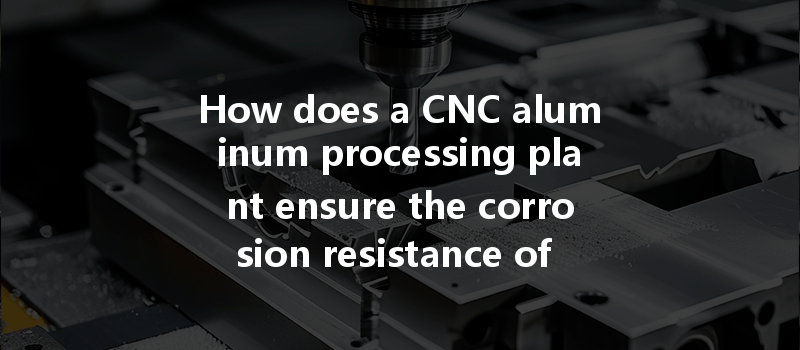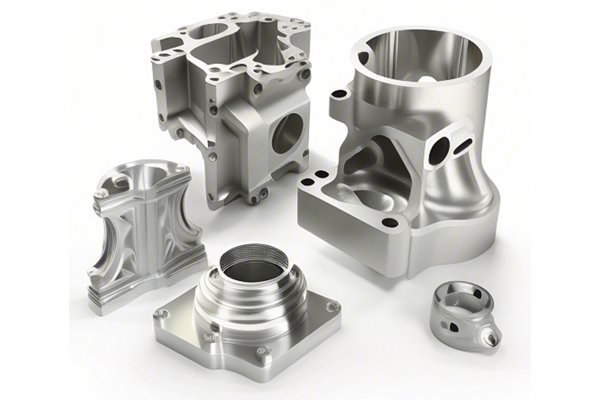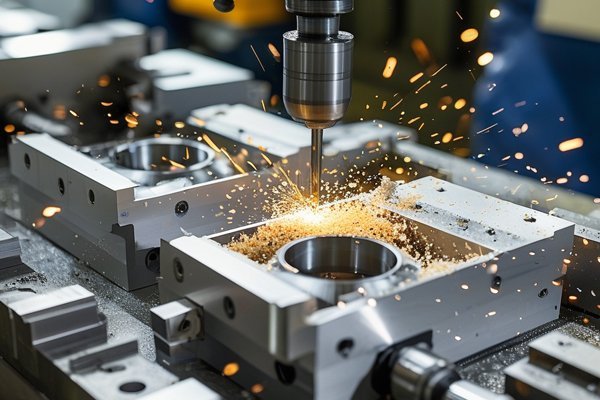Did you know that aluminum is the most abundant metal in the Earth’s crust and can weigh up to one-third of the density of stainless steel, all while possessing incredible corrosion resistance? This defining characteristic makes aluminum an essential choice across a variety of industries, from aerospace to architecture. However, the effectiveness of this corrosion resistance can be significantly impacted by how aluminum parts are processed and finished.
In this comprehensive guide, we will delve into how CNC (Computer Numerical Control) aluminum processing plants can enhance the corrosion resistance of aluminum parts. We’ll explore methods, technologies, and best practices utilized in the industry to ensure high-quality outputs.
Understanding Corrosion Resistance in Aluminum
Corrosion resistance refers to the ability of a material to withstand degradation caused by its environment. While aluminum naturally forms a protective oxide layer when exposed to air, this layer can be damaged or compromised during machining processes. Thus, understanding the nuances of aluminum corrosion is critical for making durable products.
Factors Influencing Corrosion Resistance:
CNC Machining Process Implications
CNC machining is integral to producing precision parts with highly complex shapes. However, the complexity of the machining process can be a double-edged sword regarding corrosion resistance.
Key CNC Machining Steps Affecting Corrosion Resistance:
Techniques to Enhance Corrosion Resistance
Selecting the right aluminum alloy is the first step in ensuring corrosion resistance. Alloys like 6061 or 7075 have been designed to resist corrosion better than others. Thus, understanding alloy characteristics and their applications is crucial for enhancing durability.
Machining techniques significantly impact the surface finish and integrity of aluminum parts. Using optimized feeds and speeds can reduce heat generation, thereby preserving the alloy’s oxide layer. Additionally, advanced CNC strategies such as adaptive clearing can minimize tool engagement and improve the surface quality.
Post-processing treatments can dramatically enhance the corrosion resistance of aluminum parts. Some of the most effective methods include:
Avoiding contamination before and during the machining process is crucial. Implementing strict cleaning protocols for machinery and parts—as well as handling them with care—helps to maintain high corrosion resistance.

Regular inspections and non-destructive testing (NDT) methods should be integrated into the processing routine. Techniques such as ultrasonic testing can identify flaws that might escalate corrosion susceptibility.
Best Practices for CNC Aluminum Processing Plants
Implementing best practices for CNC aluminum processing will not only improve the corrosion resistance of the parts produced but also ensure overall efficiency.
Investing in training for machinists to understand the implications of machining practices on corrosion can lead to better outcomes. This includes understanding the mechanical and thermal effects they can have on aluminum alloys.
Keeping CNC machines in top condition prevents unexpected heat generation and mechanical errors that could compromise the quality of machined aluminum parts.
Keeping an eye on the working environment is equally essential. Factors like humidity and temperature can affect the materials being worked on.
Having material scientists on your team can provide deeper insights into selecting the correct alloys and surface treatments for specific applications.
Incorporating CNC automation helps minimize the risks associated with human error. Automated systems can provide consistent machining conditions, which help in maintaining the integrity and quality of the aluminum parts.
Summary of Core Techniques
In conclusion, ensuring the corrosion resistance of aluminum parts in CNC machining is a multifaceted endeavor requiring attention to detail at every step of the process. By focusing on:
Each of these elements plays a critical role in creating aluminum parts that are resistant to corrosion, ensuring longevity and functionality in final applications.
Final Thoughts
As industries become increasingly reliant on aluminum for its lightweight yet durable properties, understanding and improving corrosion resistance is more important than ever. Producing high-quality aluminum parts isn’t just about precision; it’s about longevity and resilience against corrosive forces.
This blog serves as a crucial reminder that investing in understanding CNC machining processes can lead to meaningful advancements in the production of aluminum parts. It invites both engineers and decision-makers to rethink their approach toward aluminum processing and embrace new technologies and strategies that not only enhance product quality but also extend the lifespan of components in demanding environments.
By focusing on these strategies and embracing best practices today, CNC aluminum processing plants can look forward to a future where the corrosion resistance of aluminum parts is guaranteed, not just achieved.






